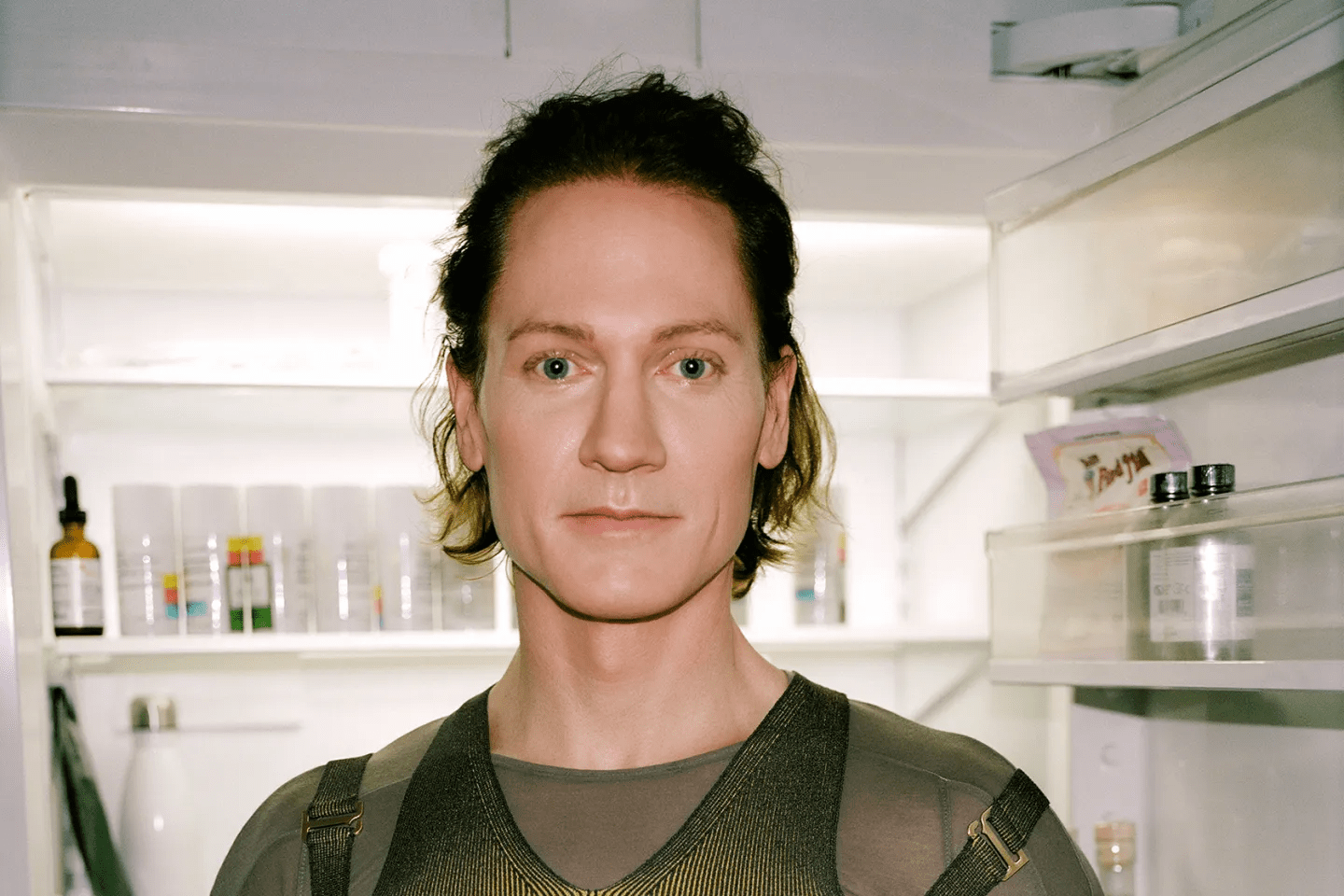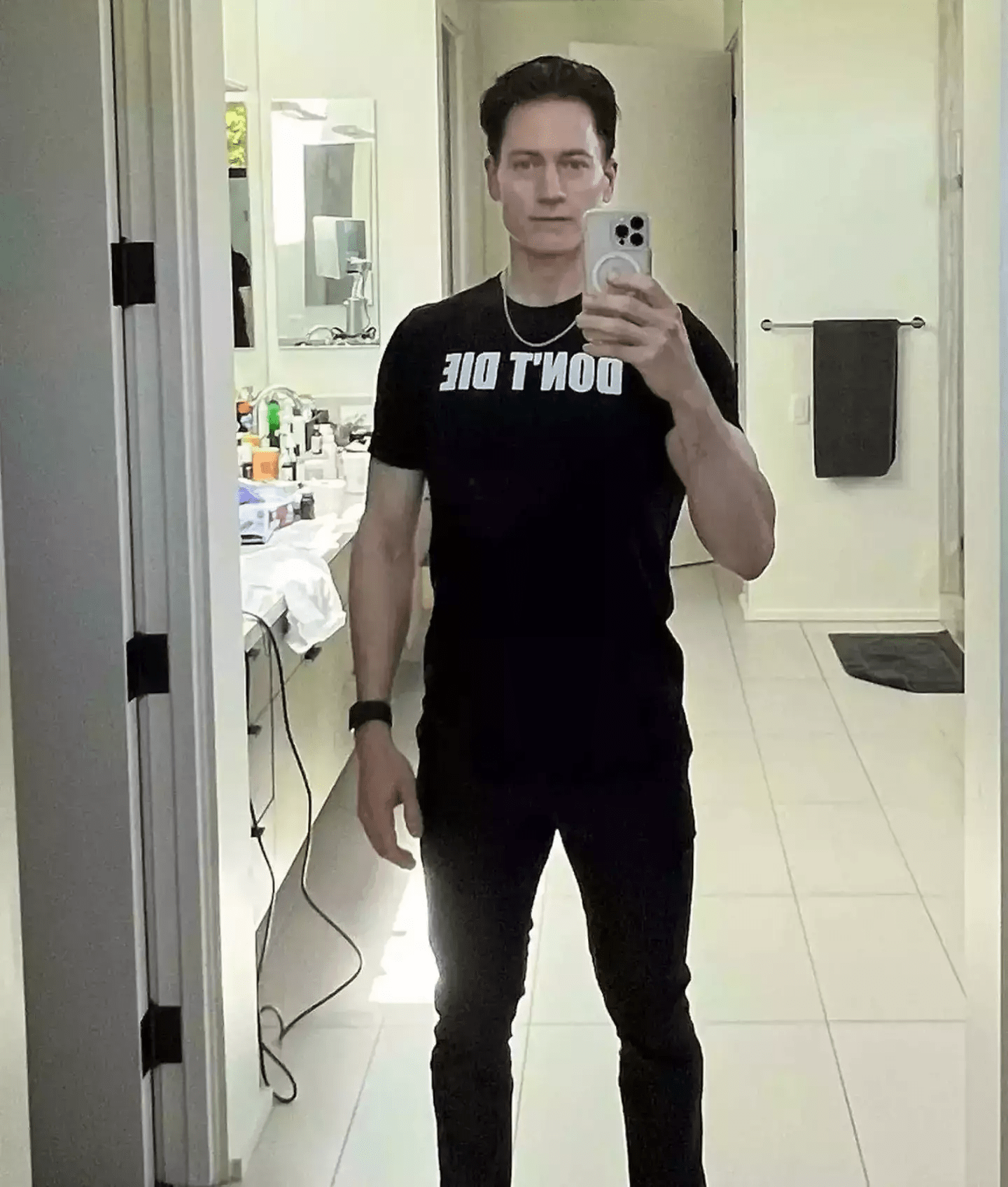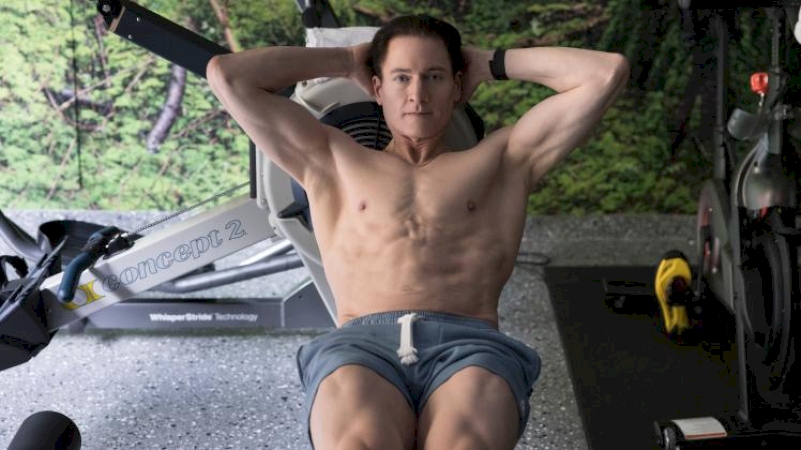Bryan Johnson, a Silicon Valley entrepreneur and self-proclaimed biohacker, has garnered significant attention for his bold mission to reverse aging. The 46-year-old’s approach is not one of small, incremental changes but rather an intense, high-tech experiment in pushing the boundaries of human biology. Known for spending up to $2 million annually on cutting-edge treatments, Johnson has become a leading figure in the biohacking community.
His mission, which he has branded “Blueprint,” is a radical attempt to reverse the biological clock using both traditional and experimental techniques. He claims that his current physical state is the equivalent of someone decades younger, with the heart health of a 37-year-old and the lung capacity of an 18-year-old. However, Johnson’s path is controversial, often involving invasive procedures, unorthodox methods, and considerable risk.
The foundation of Johnson’s strategy is his commitment to extreme medical procedures, rigorous self-monitoring, and a very precise lifestyle. His daily routine includes regular blood draws, stool samples, DNA editing, and stem cell injections. To push his body’s regenerative potential even further, Johnson has also experimented with plasma exchanges, notably swapping blood with his son and father.

The so-called “world’s first multigenerational plasma exchange” was undertaken in an effort to combat age-related cognitive decline, but the results were not as he hoped. In fact, Johnson recently admitted that there were no measurable benefits to the procedure, prompting him to halt the plasma exchanges entirely. This decision underscores the unpredictable nature of biohacking and highlights the challenges of finding lasting solutions to age-related degeneration.
Despite some setbacks, Johnson has seen positive changes in his appearance and health, attributing these improvements to his other biohacking efforts. In a post on X (formerly Twitter), Johnson shared dramatic before-and-after photos of his face, showing notable improvements in skin tone, cheekbone definition, and hair texture. He emphasized the noticeable reduction in his facial fullness and the darkening of his hair, which had previously been ginger.
These transformations have led him to claim that his body is “transitioning,” though responses from the public have been mixed. Some believe he looks better than ever, while others suggest that he peaked earlier in his journey. This public feedback highlights an underlying tension between Johnson’s self-affirmation and external perceptions of his project.
His experience with shockwave therapy has been largely positive in terms of perceived rejuvenation, with Johnson describing his results as feeling “15 years younger.” However, he also acknowledged that the therapy is painful, with some parts of the treatment causing intense discomfort. This aspect of his biohacking experiment highlights the trade-offs that come with seeking drastic improvements to one’s physical condition.
In addition to these treatments, Johnson follows a very controlled daily routine that includes dietary restrictions, extensive health monitoring, and a regimen of vitamins and medications. His diet is designed to maximize longevity and reduce the effects of aging, while his sleep patterns are strictly regulated to ensure optimal recovery.
These practices, though less invasive than some of his other interventions, are crucial parts of his blueprint for rejuvenation. They reflect a growing trend in the health and wellness industry where individuals increasingly seek to take control of their biological age through lifestyle modifications rather than waiting for a magical cure.
What sets Bryan Johnson apart from other wellness advocates is his commitment to not only reversing aging but also documenting and sharing his journey with the world. He regularly posts updates on his progress, allowing his followers to witness firsthand the extreme measures he’s willing to take.
However, this transparency has not shielded him from criticism. Many experts question the ethics of his approach, particularly the use of his son’s blood and the potential risks associated with such unregulated treatments.

Critics argue that Johnson’s project represents an unsustainable and dangerous pursuit of immortality, one that could set unrealistic expectations for others looking to defy aging. The controversy is further fueled by the hefty financial and physical costs of the interventions, leading some to wonder whether such experiments are even ethical.
Johnson’s efforts to reverse aging have raised important questions about the future of human health and longevity. While he has faced setbacks, his experiment underscores the ongoing quest for ways to extend human lifespan and vitality. His willingness to push the boundaries of science, regardless of the discomfort or criticism, highlights the growing intersection between technology, medicine, and human biology.
However, it also points to the potential dangers of biohacking, particularly when the long-term effects of these interventions remain unknown. As Johnson continues his journey, his results may provide invaluable data for the future of age reversal and the limits of human biology.





